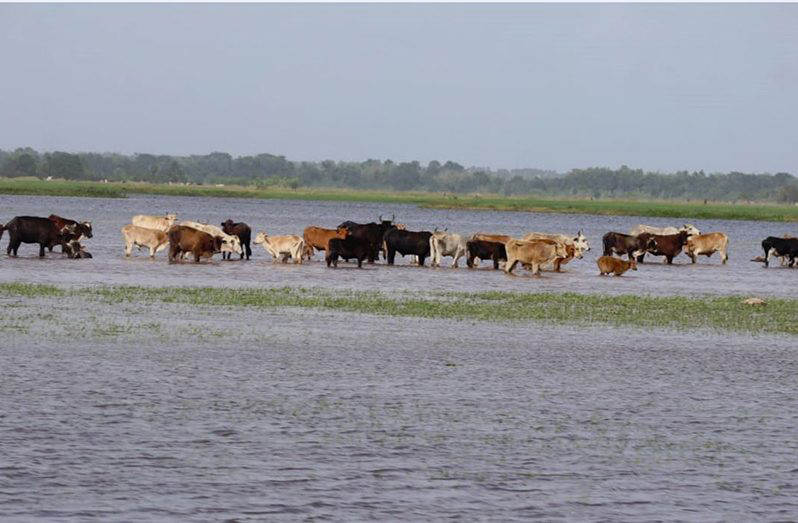BUILDING a sustainable and resilient agriculture sector will require better insurance for farmers to be able to protect their produce, President Dr Irfaan Ali has said.
The Guyanese Head of State during his address at the opening ceremony of the third regional Agri-Investment Forum and Expo held on Friday, explained that while the region has been increasing its production to meet its food security targets and reduce its high food import bill, incentives to mitigate the risk of climate change on food production is required to ensure that the sector remains resilient.
“How can we bring the insurance companies together and develop a fiscal regime? How can we develop incentives for them [farmers] that mitigate the risk and the vulnerability as a result of climate events so that they can offer insurance to their farmers at an affordable rate?” Dr Ali questioned.

“We need to lock ourselves in a room and come up with an innovative model that will present a solution to the farmers. Guyana is committed to doing this. We are actively considering these things,” he added.
Caribbean leaders are currently on a mission to reduce the region’s high dependency on food imports, slashing its $US six billion expenditure by 25 per cent by the year 2025.
The goal is to produce more food and establish policies to ensure that the region is food secure.
Guyana, he said has found innovative models to support farmers under very difficult conditions but a long-term solution will be needed.
In 2021, Guyana was declared to be in a state of disaster by virtue of the ongoing floods at that time.
By June of that year, a total of 28,228 households were affected by flooding, some with water entering their homes, domestic animals and livestock in distress, or farmlands inundated.
An initial assessment had revealed that the agriculture sector was most affected, with some 92,000 acres of farm and farmlands completely affected, and approximately $23 billion or more in loss of production.
The sugar industry suffered estimated losses of more than $1.5 billion in the fields, while more than 50 per cent of mining operations were affected.

Later the government announced that it would provide financial assistance to the thousands of Guyanese who had been affected by the floods.
The assistance covered various categories of households and farmers, and did not exceed a ceiling of $10 million per individual. In those categories, farmers within the context of a homestead received $100,000 each; those with kitchen gardens received $50,000 each, and households excluding homestead and kitchen gardens received 50,000 each.
“There was no insurance but the Government of Guyana made resources available. How we brought back rice from the brink of collapse to sustainability and prosperity. The story of sugar. The story of a cash crop farmer,” Dr. Ali told those gathered.
During that time, other support in the form of seeds, tools and other incentives were provided to farmers.
The supplementary fund for flooding had also facilitated the execution of critical emergency repairs to a number of public infrastructures such as roads and bridges that had been destroyed by the unprecedented levels of floodwaters.



.jpg)










